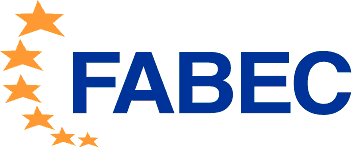Sustained traffic growth accompanied by twofold development of punctuality

Last year, the air traffic volume in FABEC airspace increased by 1.8 percent from 5,512,253 flights in 2014 to 5,612,328 flights in 2015. Landings in the FABEC area grew by 1.1 percent in 2015 compared with 2014. The growth trend has now continued for the second consecutive year. For the first time, almost all FABEC control centres recorded a traffic increase in 2015. Nevertheless, there are still some significant variations between control centres and individual sectors. Moreover, when the long-term trend is considered, traffic volume is still below the values seen in 2007.
En-route delay increased due to local events
Less encouraging are the numbers for overall operational performance, which experienced a decline last year. The 2015 en-route ATFM delay per flight (all causes) was 0.70 minutes per flight compared with 0.56 minutes per flight in 2014. The target of 0.48 minutes of average ATFM delay per flight set out in the FABEC performance plan was not met. These values incorporate delay due to all possible causes including capacity and weather.
The en-route ATFM delay caused by ANSPs came in at 0.48 minutes per flight. This represents a deterioration in performance compared with the previous year (0.31 minutes per flight) and exceeds the target value of 0.37 minutes per flight. The main reasons for this development were local issues, such as capacity shortages and the introduction of new technical systems. Active countermeasures are being taken that include the shifting of traffics flows, improving air traffic flow and capacity management measures, and re-sectorisation.
ANSPs improved arrival punctuality
The strong influence of the weather is reflected in arrival delay in particular. Inclement weather was the cause of 58.7 percent of all delays. This explains why arrival delay experienced a 14 percent year-on-year rise. Looking only at the delays caused by ATC, on the other hand, an improvement of 17 percent can be seen.Across FABEC, only 227,000 of the 2.055 million minutes of arrival delay were related to factors that can be influenced by air navigation service providers.




.png)
.jpg)



Comments
There are no comments yet for this item
Join the discussion